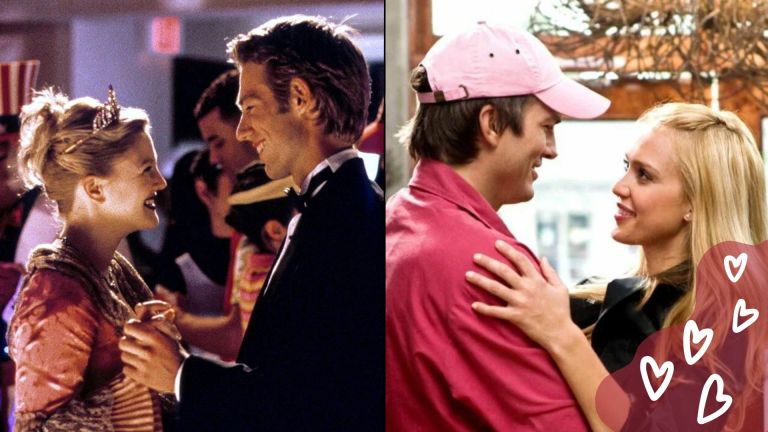The Eternal Age Of The Twink


Congratulations to skinny boys and men who are generally accepted as attractive! The New York Times has declared that we’re living in the Age of the Twink. For gaycists who don’t know, a twink is what gay culture calls a skinny and hairless man who is usually in his late teens to mid twenties. Twinks can be in their late twenties and early thirties if they moisturize or have some incredibly unfair genetics. However, it’s not gay men that have brought us the Age of the Twink. We rarely get credit in history classes for helping win World War II so why should we get credit for the dawn of a new era? Instead, the Times gives a few gay men a shout out for being skinny and hairless, but it applauds mostly straight white men for this new world order. At least this is an instance of straight media using queer terminology unlike when they tried to rebrand bears as guys with “dad bods.”
The Times tries to position this as a success in the fight against toxic masculinity. Isn’t it great that we have straight twink actors willing to play gay men? Well, not really when there are talented queer actors who don’t get cast enough or even land the roles that seem to be written for them. It’s become almost a cliché that straight actors will play queer characters and then be lauded for their performance – or even more insultingly be asked what it was like showing affection to someone of the same sex.
The piece even makes vague nods to the #MeToo movement. It says, “…alternatives to the ideal of imposing physicality have usually been ignored or lampooned. But as women continue to use their voices to undo that legacy of toxic masculinity…” As others have pointed out, it’s a complete fallacy that skinny boys don’t sexually assault or harass women. Look at Brock Turner. It was no doubt his white boyishness that made the judge only give him 6 months in jail for sexually abusing an unconscious woman behind a dumpster.
Another key part of the Times’ thesis is that we can now celebrate another kind of male body other than just the jacked superhero physique. Celebrating two body extremes isn’t body positivity. Uplifting the twink body as the answer to the pressure of being strong and muscular is inherently flawed. Being a twink is, by definition, temporary. It only applies to a certain age group and the physical attributes of it tend to disappear if you’re lucky enough to grow older. Where does this leave the vast majority of men who exist in the middle of this spectrum?
Gay men are more likely than straight men to suffer from eating disorders and body dysmorphia. Gay men’s magazines tend to overly focus on appearance and the value of being attractive, often by highlighting muscular men or twinks. It’s common to scroll through dating app profiles that state they’re only looking for twinks or jocks. It’s worth mentioning these “preferences” tend to be overtly racist as well. To overhype a temporary and often unachievable body type as the answer to toxic masculinity isn’t just ridiculous, it’s dangerous. ![]()




